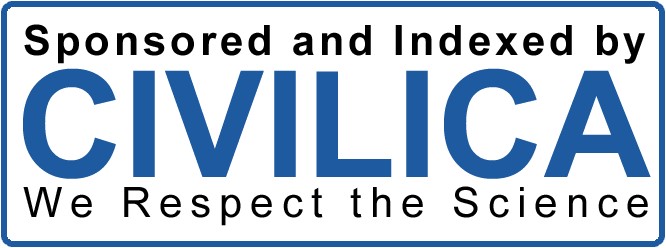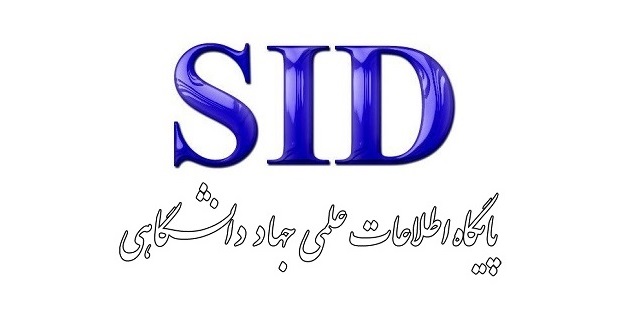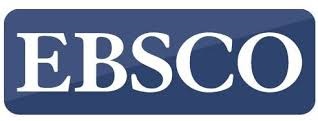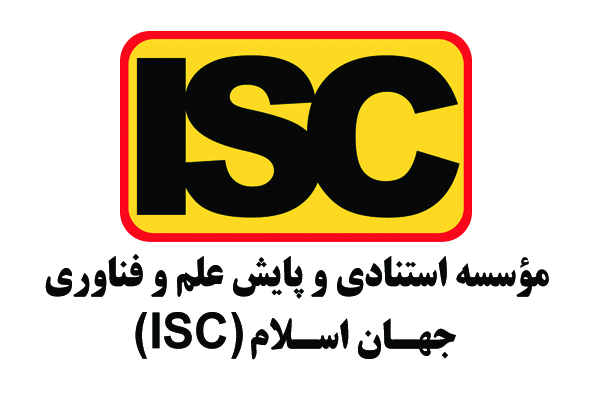Investigating the Impact of Export Market Orientation on the Success of Successful Exporting Companies through the Role of Competitive Intelligence
Keywords:
Export Market Orientation, Exporting Companies' Success, Competitive IntelligenceAbstract
This study investigates the impact of export market orientation on the success of successful exporting companies through the role of competitive intelligence. The primary objective of this research is to analyze how export market orientation affects export performance and the mediating role of competitive intelligence in this process. The research method is descriptive-correlational, and data were collected through standard questionnaires from 120 managers and marketing experts of exporting companies. The statistical sample includes 35 successful exporting companies in various industries. Data analysis results using structural equation modeling indicate that export market orientation has a direct and significant impact on the export success of companies. Additionally, competitive intelligence, as a strong mediator, enhances this relationship. These findings suggest that companies with stronger export market orientation and superior competitive intelligence perform better in international markets. This study, by providing a new conceptual model of the impact of export market orientation and competitive intelligence on export success, offers recommendations to managers of exporting companies for improving export strategies.
Downloads
References
Aligholi, M., & Fatemi, S. M. (2017). Analysing Relationship between Competitive Intelligence and Effectiveness of
Marketing Strategies (Studied Industrial City of Ardabil). Journal of Business Management, 9(2), 375-394.
https://doi.org/10.22059/jibm.2017.220389.2352
Cadogan, J. W., Sundqvist, S., Puumalainen, K., & Salminen, R. T. (2012). Strategic flexibilities and export performance.
European Journal of Marketing, 46(10), 1418-1452. https://doi.org/10.1108/03090561211248107
Coulibaly, S. K., Erbao, C., & Metuge Mekongcho, T. (2018). Economic globalization, entrepreneurship, and
development. Technological Forecasting and Social Change, 127, 271-280.
https://doi.org/10.1016/j.techfore.2017.09.028
Davis, C. H., & Sun, E. (2006). Business Development Capabilities in Information Technology SMEs in a Regional
Economy: An Exploratory Study. The Journal of Technology Transfer, 31(1), 145-161.
https://doi.org/10.1007/s10961-005-5027-1
Ding, Q., Khattak, S. I., & Ahmad, M. (2021). Towards sustainable production and consumption: Assessing the impact
of energy productivity and eco-innovation on consumption-based carbon dioxide emissions (CCO2) in G-7 nations.
Sustainable Production and Consumption, 27, 254-268. https://doi.org/10.1016/j.spc.2020.11.004
Ghaffari, R., Nazari, M., Afzali, S., & emranifar, M. (2013). Competitive Intelligence Such as a New Construction in
Strategic Thinking Development (The Case of comparing public and private banks of Mazandaran Province).
Organizational Culture Management, 11(3), 169-193. https://jomc.ut.ac.ir/article_36086.html
Ghasemi, M., Minouei, M., & Fathi, Z. (2020). The role of business intelligence on strategic management in the
pharmaceutical industry. medical journal of mashhad university of medical sciences, 63(4), 2679-2687.
https://doi.org/10.22038/mjms.2020.19234
Håkansson, C., & Nelke, M. (2015). 11 - Promoting competitive intelligence: the importance of marketing,
communication and evaluation. In C. Håkansson & M. Nelke (Eds.), Competitive Intelligence for Information
Professionals (pp. 81-90). Chandos Publishing. https://doi.org/10.1016/B978-0-08-100206-3.00011-3
Hassani, A., & Mosconi, E. (2021). Competitive intelligence and absorptive capacity for enhancing innovation
performance of SMEs. Journal of Intelligence Studies in Business, 11(1).
https://ojs.hh.se/index.php/JISIB/article/view/692
Julian, C. C., Mohamad, O., Ahmed, Z. U., & Sefnedi, S. (2014). The Market Orientation–Performance Relationship:
The Empirical Link in Export Ventures. Thunderbird International Business Review, 56(1), 97-110.
https://doi.org/10.1002/tie.21598
Kayabasi, A., & Mtetwa, T. (2016). Impact of marketing effectiveness and capabilities, and export market orientation on
export performance. European Business Review, 28(5), 532-559. https://doi.org/10.1108/EBR-11-2014-0084
Khan, H. (2020). Is marketing agility important for emerging market firms in advanced markets? International Business
Review, 29(5), 101733. https://doi.org/10.1016/j.ibusrev.2020.101733
Martin, S. L., Javalgi, R. G., & Ciravegna, L. (2020). Marketing capabilities and international new venture performance:
The mediation role of marketing communication and the moderation effect of technological turbulence. Journal of
Business Research, 107, 25-37. https://doi.org/10.1016/j.jbusres.2019.09.044
Miri Rami, S. F., Delgoshaei, Y., & Mahmoudi, A. H. (2022). Identification and Analysis of Effective Factors on the
Strategic Intelligence of Education Districts Managers of Tehran City and Provide an Appropriate Model [Research
Article]. Iranian Journal of Educational Sociology, 5(1), 113-125. https://doi.org/10.61186/ijes.5.1.113
Morgan, N. A., Katsikeas, C. S., & Vorhies, D. W. (2012). Export marketing strategy implementation, export marketing
capabilities, and export venture performance. Journal of the Academy of Marketing Science, 40(2), 271-289.
https://doi.org/10.1007/s11747-011-0275-0
Pham, T. S. H., Monkhouse, L. L., & Barnes, B. R. (2017). The influence of relational capability and marketing
capabilities on the export performance of emerging market firms. International Marketing Review, 34(5), 606-628.
https://doi.org/10.1108/IMR-07-2014-0235
Rahmani, S., Mosakhani, M., & Samari, D. (2021). Identifying and prioritizing the dimensions and components of
entrepreneurial competence of investment applicants in Iran's free zones. Journal of Development & Evolution
Mnagement(1), 11-21. http://sanad.iau.ir/fa/Article/948657
http://sanad.iau.ir/fa/Article/Download/948657
Sabokro, M., Rahimi, E., & Abbasi Rostami, N. (2018). The effect of business intelligence on open innovation structure.
Journal of Future Studies Management, 29(2), 21-32. https://www.magiran.com/paper/1896700
Shariati, F., Niazazari, K., & Jabbary, N. (2024). Presenting a Model for Virtual Education Considering Educational
Equity with a Phenomenological Approach in Schools of Golestan Province [Research Article]. Iranian Journal of
Educational Sociology, 7(1), 66-78. https://doi.org/10.61838/kman.ijes.7.1.7
Taleghani, M., & Mahdi Zadeh, M. (2016). Investigate the effect of moderating role of E-marketing on relationship
between marketing capabilities and performance of companies. Journal of Business Management, 8(2), 355-374.
https://doi.org/10.22059/jibm.2016.58696
Vaillant, Y., & Lafuente, E. (2019). The increased international propensity of serial entrepreneurs demonstrating
ambidextrous strategic agility. International Marketing Review, 36(2), 239-259. https://doi.org/10.1108/IMR-01-
-0015
Yousefi, H., Mostaghimi, M., & Nasiri, M. (2021). Designing a Competitive Intelligence Model with a Combined
Approach to Interpretive Structural Modeling - Delphi Fuzzy (Case Study: Food Industry Entrepreneurial Companies
in Tehran Province). sanru-jea, 8(15), 76-88. https://doi.org/10.52547/jea.8.15.76
Zaj, Z., Albo Naimi, Ibrahim, Moradi, Mohammad Khoda. (2023). Designing an effective model on the attractiveness of
the export market of Iran's free zones (Case of study: Arvand Industrial Free Zone). Industrial and Organizational
Psychology Studies, 9(2). https://doi.org/10.22055/jiops.2023.42736.1329
Zuochun, W. E. I. (2023). An Empirical Study of Competitive Intelligence Activities, Knowledge Management Processes
and Innovation Performance. International Journal of Science and Business, 83-96.
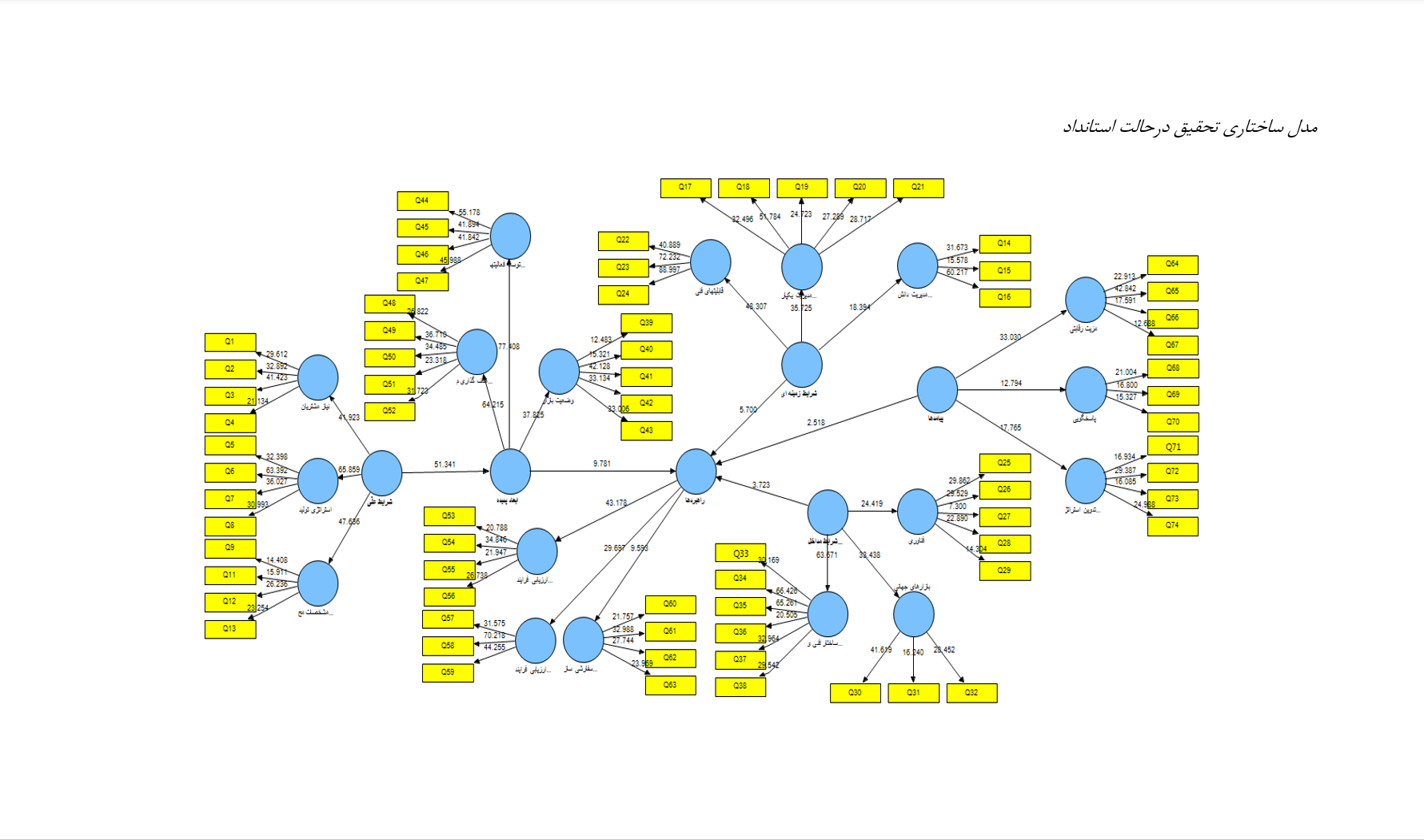
Downloads
Published
Submitted
Revised
Accepted
Issue
Section
License
Copyright (c) 2024 Journal of Technology in Entrepreneurship and Strategic Management (JTESM)

This work is licensed under a Creative Commons Attribution-NonCommercial 4.0 International License.



